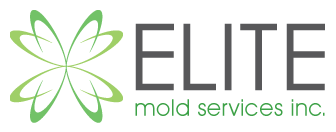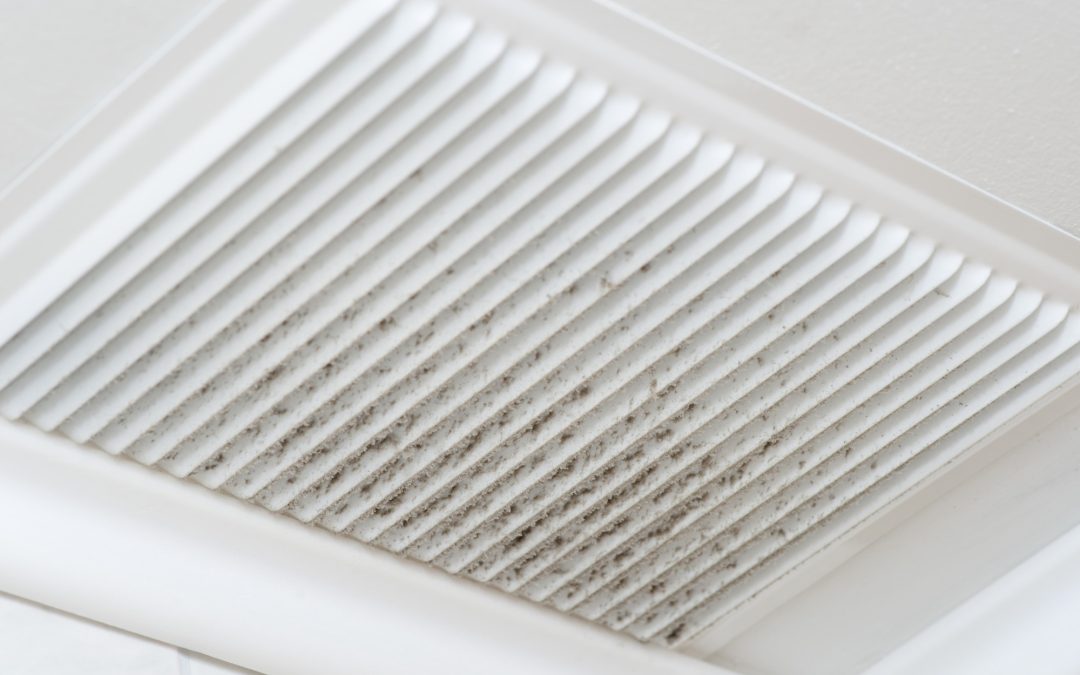Businesses need to comply with OSHA standards, including providing a safe and hazard-free work area. While it may not be something you think about every day, air quality plays a big part in providing a safe working environment. Having a clean, safe workspace is also vital.
If you’ve noticed mold spreading through the workplace or you’re worried about it happening, you need to take action. Follow this OSHA mold prevention guide for tips on what to do next.
Pinpoint Mold Hazards
Certain conditions lead to increased mold growth. These include temperatures above 70°F, high humidity levels, damp conditions, and water damage.
There isn’t a practical way to remove all mold, since mold grows both inside and outside. The best way to control mold is to control moisture levels inside the workplace. Increase ventilation, use exhaust fans, and use dehumidifiers to help.
Humidity levels shouldn’t be higher than 50%. Air conditioners and dehumidifiers can help keep moisture levels low.
Fix the Source of the Moisture
If you spot mold, you must clean it up and eliminate the cause of the moisture the best you can. Sometimes this is a leaky pipe or water damage.
If you can’t see or smell the mold, it can be difficult to eliminate the source of the problem. A mold inspection can find hidden mold and locate issues that can cause mold growth, such as hidden leaks.
Perform Regular HVAC Inspections
Keeping up with regular HVAC inspections can stop mold before it becomes a problem and keep the indoor air cleaner in the workspace. Maintenence keeps the system running as it should, and changing the filters helps to keep the air cleaner by trapping contaminants and pollutants.
Remove Damaged Materials
If your business suffered water damage, you need to remove all flooded carpeting or furnishings that were affected.
You can remove small amounts of mold from hard surfaces with soap and water or bleach, but fabrics and carpeting can’t be salvaged since mold thrives in a damp living space. Carpets provide the perfect living environment for mold.
Provide Adequate Drainage
If the mold problem stems from poor drainage, you’ll need to address the issue by moving water away from the building. Sloping the ground away from the building’s foundation provides enough drainage.
Make sure to follow all local building codes.
Talk to a LICENSED Mold Professional
If you have questions about preventing mold in the workplace, don’t be afraid to talk to an OSHA mold testing specialist. These experts can perform inspections and air sampling tests that can tell you more about the quality of your indoor air.
If you’re not sure if you have a mold problem, this will tell you, and they can advise you on the next steps to take.
If you do use a mold remediation service, you’ll need a post-remediation verification to ensure the job was completed as expected.
Follow This OSHA Mold Prevention Guide
Identifying and preventing hazards will help your business comply with OSHA requirements. Use these OSHA mold prevention tips to ensure your staff has a safe place to work.
Do you suspect mold in your business? Schedule an inspection today with Elite Mold Services.

